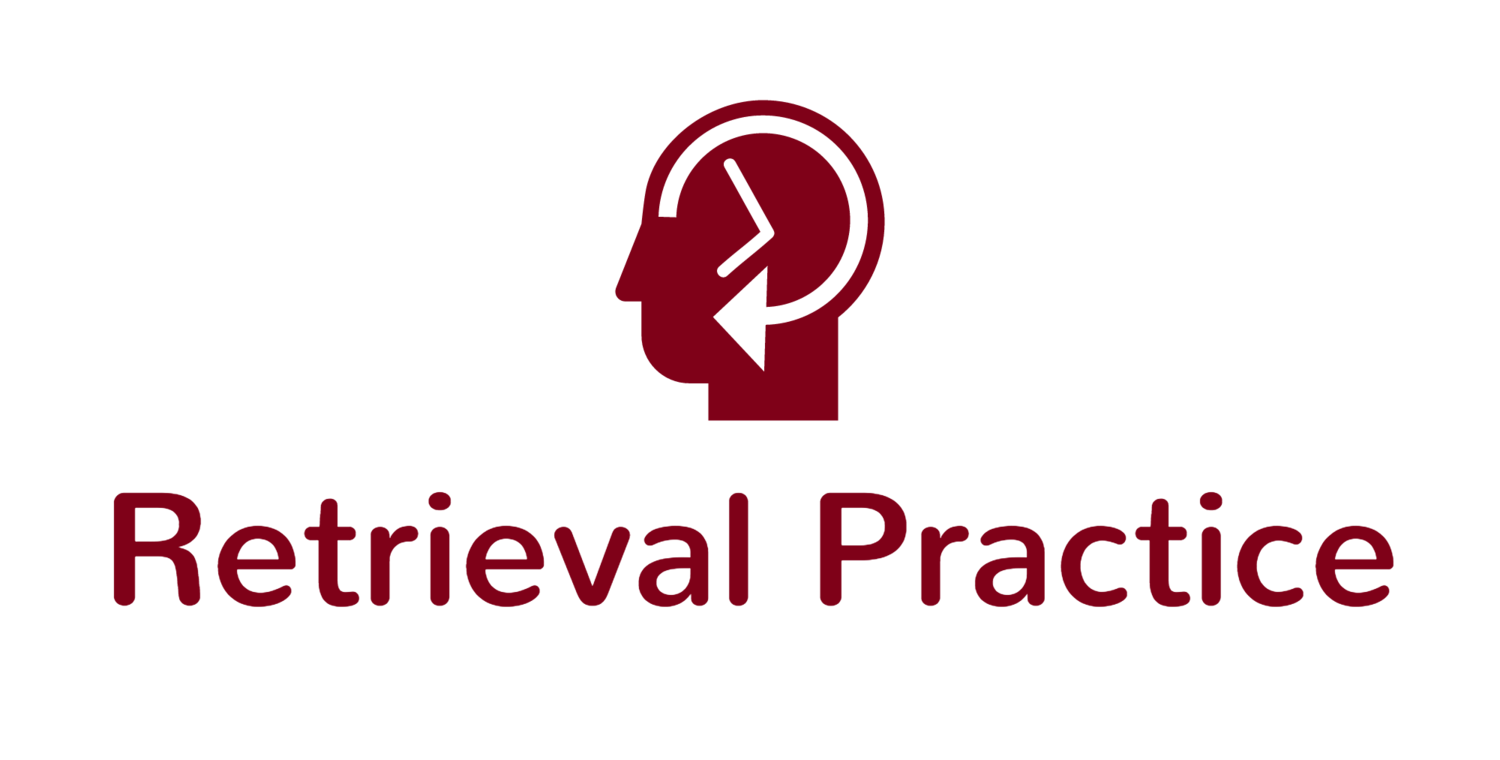This is what a cognitive scientist looks like (2019)
/An updated version (2022): Explore our new list of featured cognitive scientists
In this update (2019), I have a simple goal: To share the research and initiatives by women in cognitive science. They are leading the charge in communicating the science of learning for educators and the public around the world.
All scientists in our field of learning and memory are valued. By highlighting women specifically, I aim to raise awareness of their efforts and highlight our diverse field. In other words, this is what a cognitive scientist looks like.
Leaders in Cognitive Science
Consider this recent tweet by Sue Cowley about female researchers in cognitive science:
In response to this tweet, we've put together a Twitter list of women in cognitive science, who are leading the charge in communicating research on learning and memory. There is a growing community on Twitter supporting #WomenInSTEM and many who are literally putting faces to names with the hashtag #ThisIsWhataScientistLooksLike. Organizations such as Women in Cognitive Science, Women in Cognitive Science Canada, and the Spark Society are also increasing diversity specifically in cognitive science.
With our Twitter list, we want to share what a cognitive scientist looks like.
Of scientists enrolled in cognitive psychology doctoral programs, 54% are women. In education, nearly 80% are women. Meanwhile, there is a disconnect when it comes to recognizing female cognitive scientists who are transforming teaching and learning. Our field has a long way to go, but we're also more diverse than you might think.
Here's how you can help address this disconnect:
Improve the visibility of women in cognitive science by following them and sharing their research with educators
Encourage young women to pursue STEM fields and emphasize that many leaders in the field of cognitive science are women
Reach out to women in cognitive science when requesting panelists, workshops, media/podcast interviews, journal editors, and mentors
Download our guides written by cognitive scientists, featuring Lisa Fazio (early childhood education), Shana Carpenter (spacing), and a new one coming soon!
By demonstrating the diversity of cognitive scientists, you can make an impact. When we come together, we can truly unleash the science of learning for diverse students, teachers, and educators around the world.
Learn More About the Learning Scientists
The Learning Scientists is an organization that is paving the way for cognitive scientists to share the science of learning with educators. They have made a substantial impact on science communication through their blog, podcasts, resources, and workshops.
Fun fact: The Learning Scientists, the cognitive scientists pictured above, and I (Pooja) all have ties to the Department of Psychological & Brain Sciences at Washington University in St. Louis. Whether receiving bachelors, masters, Ph.D.s, and post-doctoral fellowships, or serving as researchers, lecturers, and professors, we continue to collaborate on research, science communication, and improving education in K-12, higher education, and psychology.
Megan Sumeracki, Ph.D. is a Co-Founder of the Learning Scientists and an Assistant Professor at Rhode Island College. One of her favorite blogs to write was about infusing teaching with retrieval practice, similar to "hiding broccoli in brownies."
Dr. Sumeracki’s teaching approach: “I do a lot of low-stakes quizzes that students are required to complete at home, and I encourage students to practice retrieval in the classroom as I'm teaching. I love when students do the little things throughout the semester and then exclaim how prepared they feel when test time comes around; it really shows that retrieval works. I recently ran into one of our alumnus students at Whole Foods and she told me that she's excited to use retrieval as a graduate student soon.”
Carolina Kuepper-Tetzel, Ph.D. is a Learning Scientist and an Associate Professor at the University of Glasgow in Scotland, UK. One of her favorite blogs to write was about laptop vs. longhand note-taking.
Dr. Kuepper-Tetzel’s teaching approach: “I use lots of spaced retrieval practice in my teaching. In-class quizzes with clickers are an all-time favourite for my 2-hour lectures in Cognition. Students love clicker questions. In addition, I introduce my students to effective note-taking techniques and hope it helps them pay attention during the lectures. I pledge to try out one new teaching activity each year.”
Cindy Nebel, Ph.D. is a Learning Scientist and a Lecturer at Vanderbilt University. One of her favorite blogs to write was about the need for more applied research in classrooms and the challenges that come along with it.
Dr. Nebel’s teaching approach: “While I try to incorporate evidence-based practices in all my courses, I think one of the most important messages that we try to send educators is to take small steps, and this is one area in which I’ve learned the hard way to practice what I preach. Making small changes from class to class or semester to semester allows me to see if a new method is effective (and preserve my own sanity). For example, I changed every other homework assignment in my statistics classes to be ‘cumulative’ assignments, allowing me to incorporate more spacing into the time outside of class.”
Althea Need Kaminske, Ph.D. is a Learning Scientist and an Assistant Professor at St. Bonaventure University. One of her favorite blogs to write was about the intersection between memory in the game Dungeons & Dragons.
Dr. Kaminske’s teaching approach: “The most obvious thing I do in my classes is frequent low-stakes quizzing. Most of my courses have a quiz every class period. But I’m constantly tweaking, updating, and refining my classes as I learn about more research. It’s hard, but I try to follow my own advice and only make one or two changes at a time so I don’t get overwhelmed with course prep.”
Jude Weinstein-Jones, Ph.D. is a Co-Founder of the Learning Scientists and an independent researcher.





























